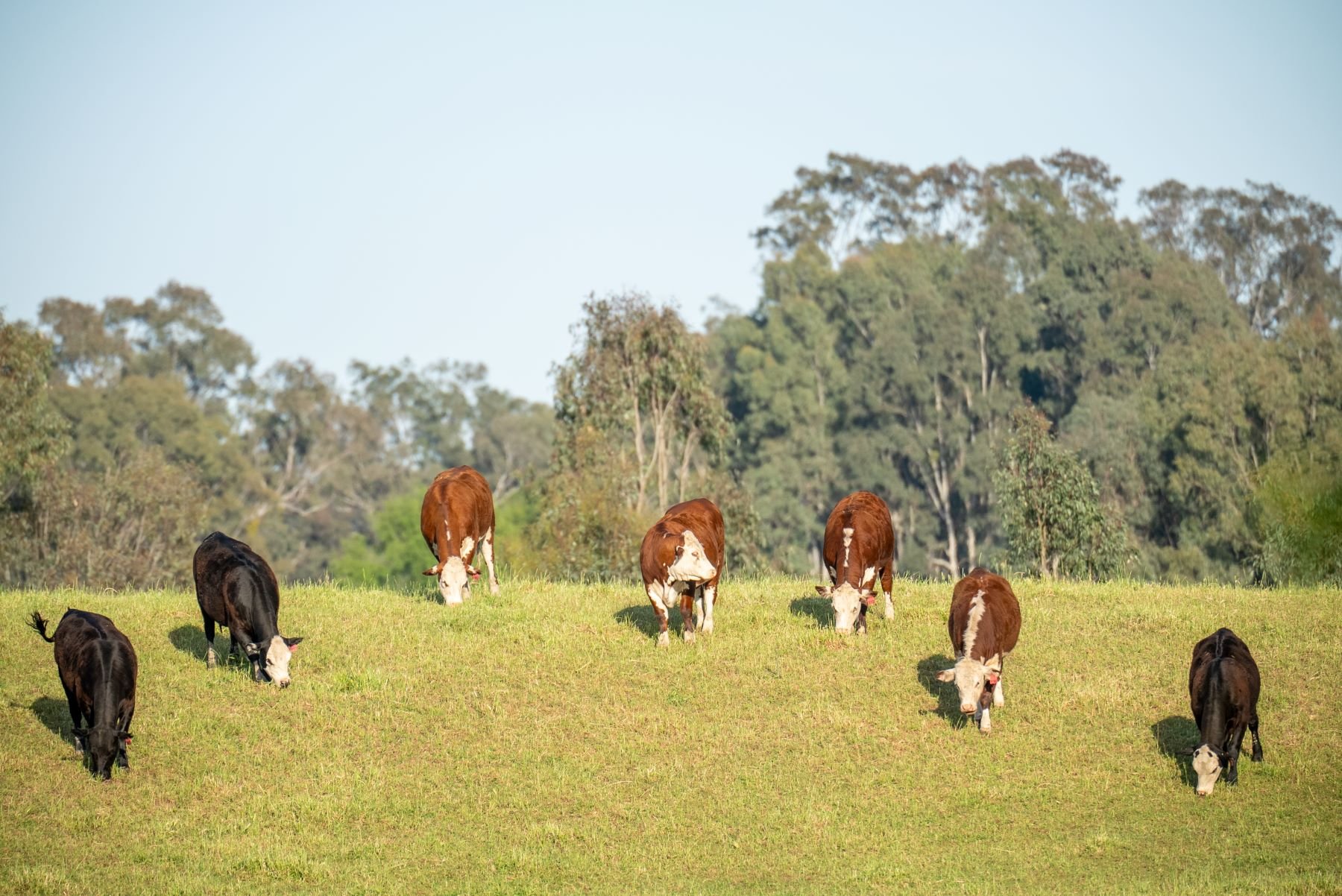The Australian Beef Market in 2025: An Absolute Cracker
In this column in July, the StoneX H2 2025 Australian Cattle & Beef Market Outlook’s bold calls were analysed and assessed for what the final 6...
3 min read
 Natasha Lobban
:
Apr 30, 2024
Natasha Lobban
:
Apr 30, 2024

Australia’s cattle market is more exposed to changes in producer sentiment, as it sits in a “state of balance” – with improved beef production waiting on an increase in demand.
That is according to Rabobank’s Australian Beef Seasonal Outlook 2024.
The absence of strong demand – along with a higher herd inventory, with no real liquidation or rebuilding urgency – means cattle prices are more exposed to changes in producer sentiment, the agribusiness banking specialist reported.
And this, in turn, is highly dependent on seasonal conditions. However, as the year progresses, according to report author, RaboResearch Senior Animal Protein Analyst Angus Gidley-Baird, “we feel global beef demand, led by the US market, will start to have a stronger influence on the Australian cattle market, providing upside to cattle prices”.
Mr Gidley-Baird said there are, though, “a couple of ‘known unknowns’ to watch”, which could weigh on the market.
“With a heavily producer-influenced market, any negative seasonal change could see producer sentiment fall and prices drop accordingly,” he said.
“We saw this happen last year with the declaration of El Nino – every dry month, we saw cattle prices drop as producers lost confidence in the market.
“Furthermore, if demand recovery in Australia’s key Asian beef markets fails, our growing production may cause prices to fall.”
The rebuild of the Australian breeding herd over the past “couple of years” is now generating increased numbers of slaughter-age cattle, the report said.
“We believe Australian cattle slaughter will rise about 15% in 2024 to be close to 8m head,” Mr Gidley-Baird said.
“Increases in processing capacity with increased labour will also support the rise in slaughter numbers. Eight million head is slightly higher than the 10-year average from 2014 to 2023 and we believe is more reflective of a ‘normal’ slaughter volume for Australia.”
Mr Gidley-Baird said with the increased slaughter number, beef production is set to increase 10% to 2.4 million tonnes cwt (carcase weight) for 2024.
This is slightly higher than the 10-year average of 2.2m tonnes.
Mr Gidley-Baird said while domestic consumption of beef was forecast to drop slightly, Australian beef exports in 2024 are expected to rise by 10% off the back of increased production.
“More challenging economic conditions domestically lead us to expect domestic per capita consumption will drop slightly from 23.7kg/capita in 2023 to 23.4 kg/capita in 2024,” he said.
“Although commentary suggests consumers may be trading down to cheaper cuts, data indicates that they are not trading out of beef. With total domestic consumption almost static, all the increased production will be sent to the export market, leading exports to increase by almost 10% to 1.2m tonnes cwt, the highest volume of exports since 2019.”
The Rabobank report said demand in key Asian markets, although soft, was expected to improve in 2024.
Mr Gidley-Baird said declining US exports to Asian markets would support increased Australian volumes to these destinations, but Australian exports would need to compete with increased volumes from South American suppliers.
“The US is also expected to be a strong importer of Australian beef in 2024,” he said. “Following an 84 per cent lift in exports in 2023, we are expecting a further increase in Australian volumes to the US in 2024.”
Global beef markets are running at two speeds – with a strong US market outperforming softer demand in Asian markets.
Mr Gidley-Baird said global beef production was down slightly, but demand was slowly improving.
“We expect global beef production to decline very slightly in 2024 with contractions and growth across various regions almost balancing themselves out,” he said.
The report said the US was expected to see the largest contraction in production, down 3.5% (about 400,000 tonnes) while Brazil, Australia and China would see the largest growth – up 1.5% (110,000 tonnes), 7.8% (169,000 tonnes) and 2.5% (180,000 tonnes) respectively.
“After import growth rates slowed in 2023, we expect key Asian markets will improve and imports increase slowly through the course of 2024,” Mr Gidley-Baird said.
“The US market, with its declining production and economic outlook, is expected to retain fairly steady demand which is forecast to see US imports increase with room for price upside.
“Meanwhile export volumes from South American countries are set to increase, adding competitive pressure to Australian beef in Asian markets.”
The bank expected a more bullish cattle market in the year ahead, but that would still be subject to producer sentiment.
Rabobank projected the Eastern States Young Cattle Indicator (EYCI) would be stable in 2024 – trading in a band between 600 to 750c/kg cwt.
Mr Gidley-Baird said with no strong restocker or liquidation pressures in the system, the increased livestock numbers were expected to be balanced by the recovery in global demand.
“After the larger-than-expected drop in the EYCI in 2023, projected prices suggest the EYCI should be 20% on average in 2024 and potentially finishing the year 40% higher than where it finished in 2023,” he said.
Mr Gidley-Baird said without strong demand, producer sentiment would drive the market.
“While we expect beef demand to improve, this may not occur until the second half of the year. Without the improvement in demand, the increasing cattle supplies means producer buying and selling activities will continue to have a large impact on cattle prices,” he said.
“We saw this in 2023 and into 2024, where cattle price movement followed producer sentiment and seasonal conditions.”
Mr Gidley-Baird said dry seasonal conditions in the months of February, May, August, September and October 2023 saw cattle prices drop, while wetter months of November 2023 and January 2024 saw upward movements in prices.
“The Bureau of Meteorology has declared the El Niño weather event of 2023-24 to be over, and seasonal conditions to be average in the coming months. Therefore, we are expecting prices to remain steady,” he said.
.jpg)
In this column in July, the StoneX H2 2025 Australian Cattle & Beef Market Outlook’s bold calls were analysed and assessed for what the final 6...
.png)
Each December we save the last article of the year for a bit of a crystal ball gaze, as we try to bring together market fundamentals and work out...
.png)
Australia’s wool market posted another strong performance this week, with all micron categories attracting solid support across the three selling...